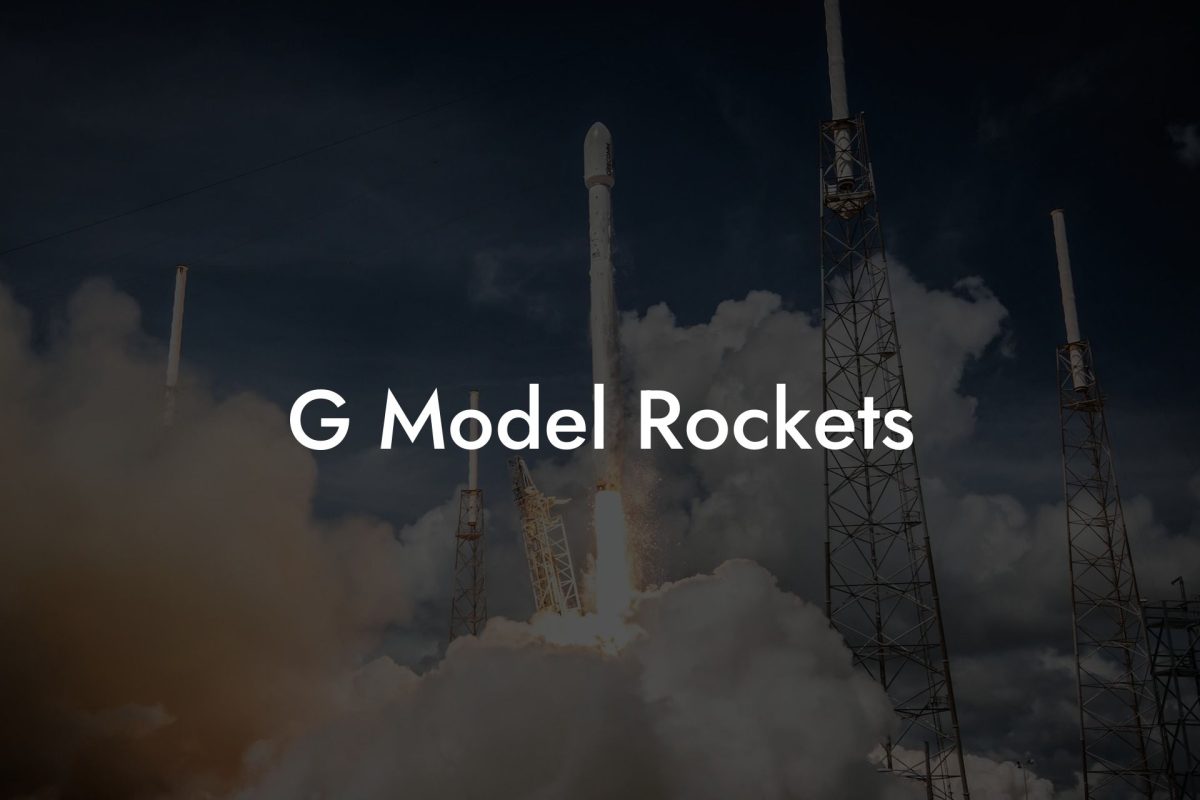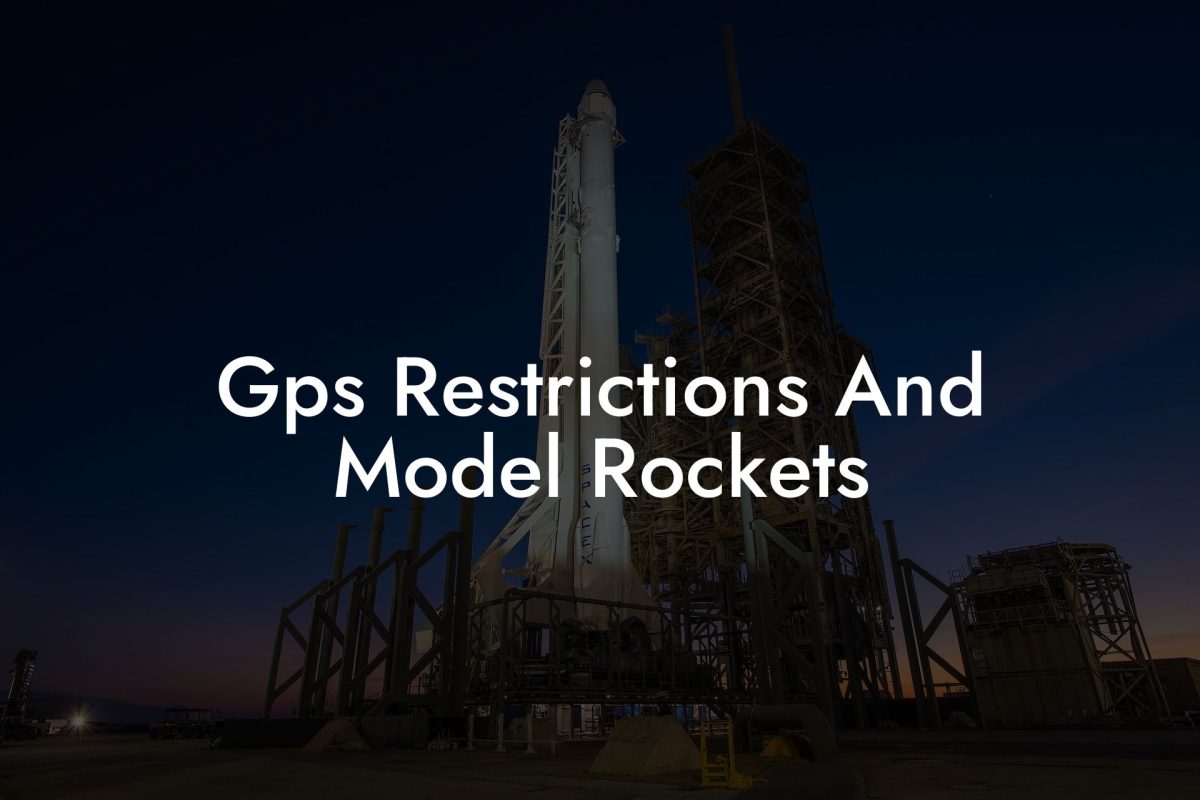Have you ever wondered about the exciting world of liquid fuel model rockets? These powerful rockets utilize liquid propulsion systems to blast off faster and farther than their solid fuel counterparts. In this comprehensive guide, we will delve into the history, workings, and advantages of liquid fuel model rockets. So, let's get ready to ignite your passion and blast off into the world of model rocketry with Austin Rockets!
Liquid Fuel Model Rockets Table of Contents
What are Liquid Fuel Model Rockets?
History of Liquid Fuel Rockets
What are Liquid Fuel Model Rockets?
Liquid fuel model rockets use a combination of liquid fuel and oxidizer to propel themselves into the sky. Unlike solid fuel rockets, which utilize a single solid propellant, liquid fuel rockets have separate tanks for the fuel and oxidizer. This allows for greater control over the thrust and burn rate, resulting in improved performance and versatility.
History of Liquid Fuel Rockets
The first successful liquid fuel rocket was launched by American scientist Robert H. Goddard in 1926. Goddard recognized the potential for liquid propellants to produce higher velocities than solid fuels, paving the way for future advancements in space exploration. Since then, liquid fuel rockets have played a significant role in space travel, powering iconic missions such as the Saturn V moon rocket and the Space Shuttle.
Components of a Liquid Fuel Model Rocket
- Fuel Tank: This component stores the liquid fuel used to propel the rocket. Common fuels include kerosene, alcohol, or hydrogen.
- Oxidizer Tank: The oxidizer tank stores the oxygen-rich component needed for combustion. Typical oxidizers are liquid oxygen, nitrogen tetroxide, or hydrogen peroxide.
- Pumps: These move the fuel and oxidizer from their respective tanks into the combustion chamber.
- Combustion Chamber: In this chamber, the fuel and oxidizer combust, producing high-pressure gas and thrust to propel the rocket.
- Nozzle: The nozzle expels the combusted gases, providing the final push that sends the rocket soaring into the sky.
- Control Systems: These systems regulate the flow of fuel and oxidizer to the combustion chamber, allowing for precise control of thrust and burn time.
Advantages of Liquid Fuel Model Rockets
- Greater Control: Liquid fuel rockets offer better control over thrust and burn time, allowing for more complex and ambitious flights.
- Efficiency: These rockets typically have a higher specific impulse (a measure of fuel efficiency) than solid fuel rockets, meaning they can travel farther on the same amount of fuel.
- Versatility: Liquid fuel rockets can be throttled, stopped, and restarted, providing greater flexibility in flight profiles and mission goals.
- Reusable: The components of liquid fuel rockets are more easily assessable and replaceable, making them an ideal choice for reusable rockets.
Liquid Fuel Model Rockets Example:
Consider a liquid fuel model rocket with a kerosene fuel tank and a liquid oxygen oxidizer tank. As the control system allows both components to flow into the combustion chamber, they ignite, creating a powerful thrust that propels the rocket into the sky. The thrust can be adjusted by regulating the flow of fuel and oxidizer, enabling the rocket to perform a variety of maneuvers and flight paths. Once the mission is complete, the rocket returns to the ground where its components can be inspected, maintained, and prepared for another thrilling launch.
Now that you've learned about the fascinating world of liquid fuel model rockets, we hope you're inspired to dive deeper into this rewarding hobby. With their unique capabilities and advantages, liquid fuel rockets can offer an unparalleled experience for those seeking greater control, efficiency, and versatility in their model rocketry adventures. Remember to share this guide with your fellow rocket enthusiasts and explore other informative guides on Austin Rockets to continue fueling your passion for model rocketry!













